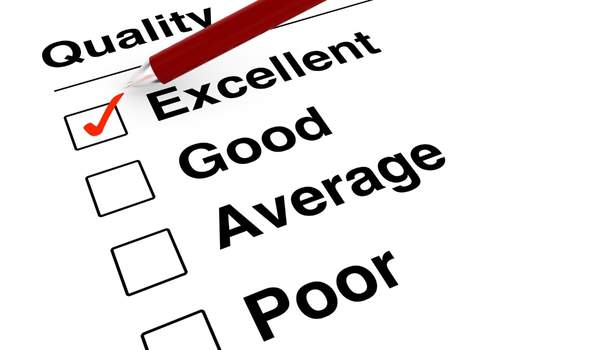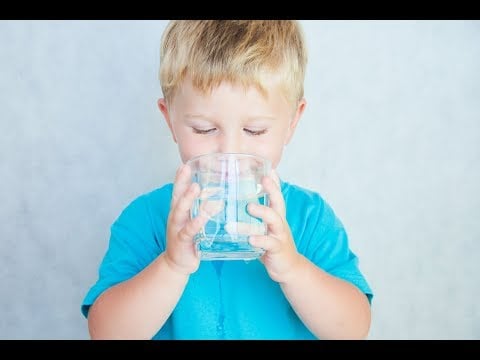If you’ve ever sipped soft water and wondered, “Is this okay to drink?” — you’re not alone.
Softened water doesn’t look different, but it’s been altered. The minerals that make water “hard” — like calcium and magnesium — have been removed and replaced with sodium or potassium through a process called ion exchange. That shift raises a common concern: is soft water still safe?
Let’s break it all down — from salt content to taste — and help you decide what’s right for your household.
✅ Quick Takeaways
- 💧 Soft water is generally safe for most people and doesn’t contain harmful contaminants.
- 🧂 It may contain slightly more sodium, especially if you’re using a salt-based softener — but the levels are usually low.
- 🔁 Salt-free water conditioners are an alternative if you’re watching your sodium intake or live in a restricted area.
- 👅 Some people notice a taste difference — especially if switching from hard water.
- 🧪 Not sure what’s in your tap? A water test will tell you exactly what you’re drinking.
- 💡 Pro Tip: Concerned about saltiness? Taste and system type can make a difference — more on that coming up.
💧 What Is Soft Water (and Why Bother Softening It)?

Soft water is simply water that’s had its hardness minerals — mainly calcium and magnesium — removed. This is typically done using a salt-based water softener, which swaps those minerals out for a small amount of sodium through a process called ion exchange.
But why go through the trouble?
Hard water isn’t dangerous, but it can be a pain. It leaves behind scale, dries out your skin, clogs plumbing, and wears down appliances faster. By softening it, you protect your home’s systems and make everyday tasks — from doing laundry to rinsing shampoo — way easier.
Reasons people soften their water:
- ✅ No more crusty faucets or cloudy glassware
- ✅ Better lathering from soap and shampoo
- ✅ Helps extend the life of water heaters, dishwashers, and washing machines
- ✅ May ease dry skin and scalp irritation caused by mineral-heavy water
💡 Pro Tip: According to the USGS, over 85% of Americans have hard water — so softening isn’t just a luxury. It’s often a smart move for your plumbing, too.
🧪 How Is Water Softened? (Salt vs Salt-Free)
There are two main ways to get soft water at home: with a salt-based softener or a salt-free conditioner. While they both aim to reduce the effects of hard water, they work very differently — and the results aren’t quite the same.
🧂 Salt-Based Water Softeners
These systems use a process called ion exchange, swapping out calcium and magnesium for sodium (or sometimes potassium). They require salt refills and occasional maintenance, but the end result is true “soft” water — no more mineral buildup.
Pros:
- Removes hardness minerals completely
- Best for homes with very hard water
- Proven to extend appliance lifespan
Considerations:
- Adds a small amount of sodium to your water
- Discharges brine, which may be restricted in some areas
👉 Curious how this works in detail? Here’s a deeper dive into how salt-based softeners regenerate.
🌀 Salt-Free Water Conditioners
Often marketed as “softeners,” these systems don’t actually remove minerals. Instead, they alter the structure of calcium and magnesium so they’re less likely to stick to surfaces.
Pros:
- No salt or brine discharge
- Lower maintenance
- Ideal for areas with mild to moderate hardness
Considerations:
- Doesn’t fully eliminate scaling
- Not recommended for very hard water
💡 Pro Tip: If you’re in a region where salt-based systems are banned or regulated, a salt-free system can still offer protection — just without the sodium or backflushing.
🤔 Is Drinking Soft Water Actually Safe?

If you’ve heard mixed opinions about whether softened water is okay to drink, you’re not alone. The truth? Soft water is generally safe for most people — but there are a few things to keep in mind.
Let’s break it down simply:
🚰 What Makes It “Soft”?
Softened water has had calcium and magnesium ions removed — usually through ion exchange — and replaced with sodium (or sometimes potassium). This swap helps prevent scale buildup and protects appliances, but it does slightly raise the sodium content in your water.
🧂 Is the Sodium a Health Risk?
For most people, the amount of sodium added by a water softener is minimal — especially when compared to dietary sources like processed food. But if you’re on a low-sodium diet or have kidney concerns, it’s worth checking your intake.
💡 Pro Tip: If you’re concerned, test your softened water or ask your softener company for a sodium content estimate based on your local hardness level.
👅 Does Soft Water Really Taste Salty?

If your softened water has a hint of saltiness, you’re not imagining it — but it’s not quite like drinking seawater either.
Most salt-based water softeners use sodium (not table salt) to regenerate their resin beads. The amount that remains in your tap water is minimal — often well under safe drinking thresholds — but it can still affect taste, especially if you’re sensitive to subtle changes.
💡 Good to Know: It’s sodium, not sodium chloride, that’s added during softening — so it won’t make your water taste like the ocean. But some people still notice a mild shift in flavor.
Here’s why it might taste off:
- ⚙️ Your softener might be overusing salt due to incorrect settings
- 🚰 A regeneration cycle could have left excess sodium in the line
- 🧂 You’re using potassium chloride, which can leave a bitter or metallic aftertaste
- 🔧 Your system might need maintenance — like a stuck valve or slow drain
👃 Pro Tip: If your water suddenly tastes different, check your softener’s regeneration schedule or try testing the sodium levels. A quick tune-up can often clear things up fast.
🔄 Other Options Besides Softening

If soft water isn’t sitting right with your tastebuds — or you live in an area with softener restrictions — don’t worry. You’ve still got great alternatives for handling hard water and improving quality.
Here’s how they compare:
| 🛠️ Option | 💡 What It Does | ✅ Best For |
|---|---|---|
| 🌿 Salt-Free Conditioner | Uses template-assisted crystallization to reduce scale without removing minerals or adding salt. | Eco-conscious households or areas with salt-based restrictions. |
| 🚰 Reverse Osmosis | Removes up to 99% of total dissolved solids (TDS), salts, and many other contaminants. | Households that want ultra-clean water for drinking or cooking. |
| 🔄 Hybrid Systems | Combine softening, filtration, and sometimes RO for all-in-one protection. | Families who want to cover everything from scale buildup to odd tastes — without juggling multiple systems. |
💡 Pro Tip: Reverse osmosis systems work best when paired with a softener or conditioner — it helps protect the RO membrane and keeps performance high.
✅ Final Thoughts
If you’ve ever hesitated to drink softened water, rest easy — it’s generally safe for most people. While the trace sodium content may be a factor for a few individuals, especially those on very low-sodium diets, it’s not harmful for the vast majority of households.
Whether you prefer a salt-based softener, a salt-free conditioner, or are eyeing a reverse osmosis system for extra peace of mind, the most important step is understanding your home’s water quality.
💡 Pro Tip: Still on the fence? A quick water test can help you figure out exactly what’s in your tap — and which softening or filtration solution fits best.
Clean, softened water can make life easier — from gentler showers to longer-lasting appliances. And when done right, it tastes just fine too.
 136 people found this helpful. Was this guide helpful to you?
136 people found this helpful. Was this guide helpful to you? 


